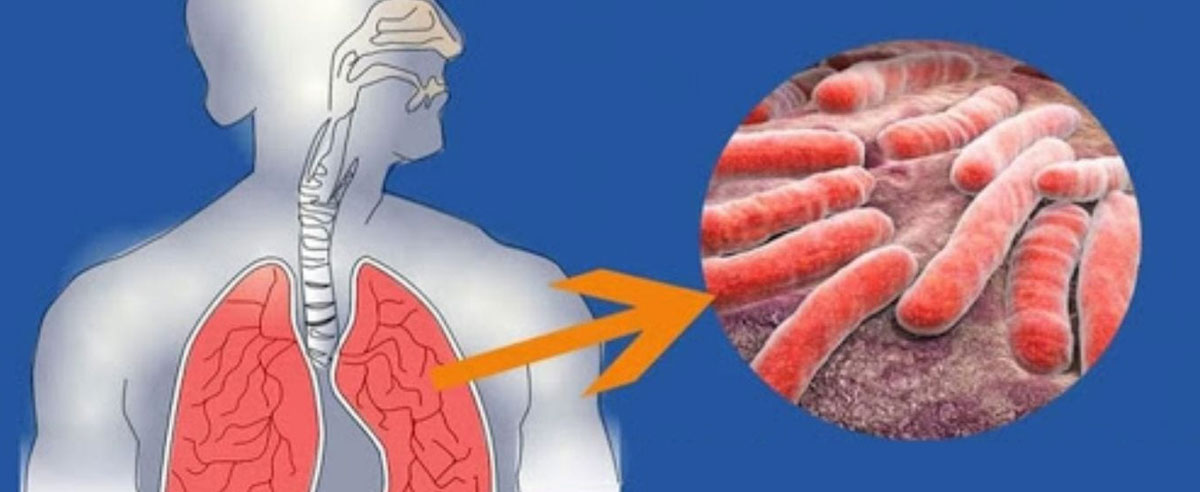
Tuberculosis (TB) is a bacterial infection primarily caused by Mycobacterium tuberculosis. It primarily affects the lungs but can also involve other parts of the body. Here's a brief overview of TB:
Causes
TB is caused by Mycobacterium tuberculosis, a bacterium that can spread through the air when an infected person coughs or sneezes. It is highly contagious but not as easily transmitted as some other respiratory diseases.
Transmission
TB is primarily spread through the inhalation of respiratory droplets from an infected person. Close and prolonged contact with an active TB patient is usually required for transmission.
Types
There are two main forms of TB:
Symptoms:
Active TB disease can present with various symptoms, which may include:
Diagnosis:
TB is diagnosed through a combination of medical history, physical examination, and diagnostic tests. Common tests include tuberculin skin tests, blood tests (interferon-gamma release assays), and chest X-rays. Definitive diagnosis often requires culturing the bacteria from sputum or other bodily fluids.
Treatment:
TB is treated with a combination of antibiotics over an extended period, typically six months or longer. Commonly used antibiotics include isoniazid, rifampin, ethambutol, and pyrazinamide. Patients must complete the full course of treatment to prevent the development of drug-resistant strains.
Prevention:
TB can be prevented through various measures, including:
© Dr. Shilpa Jain. All Rights Reserved.